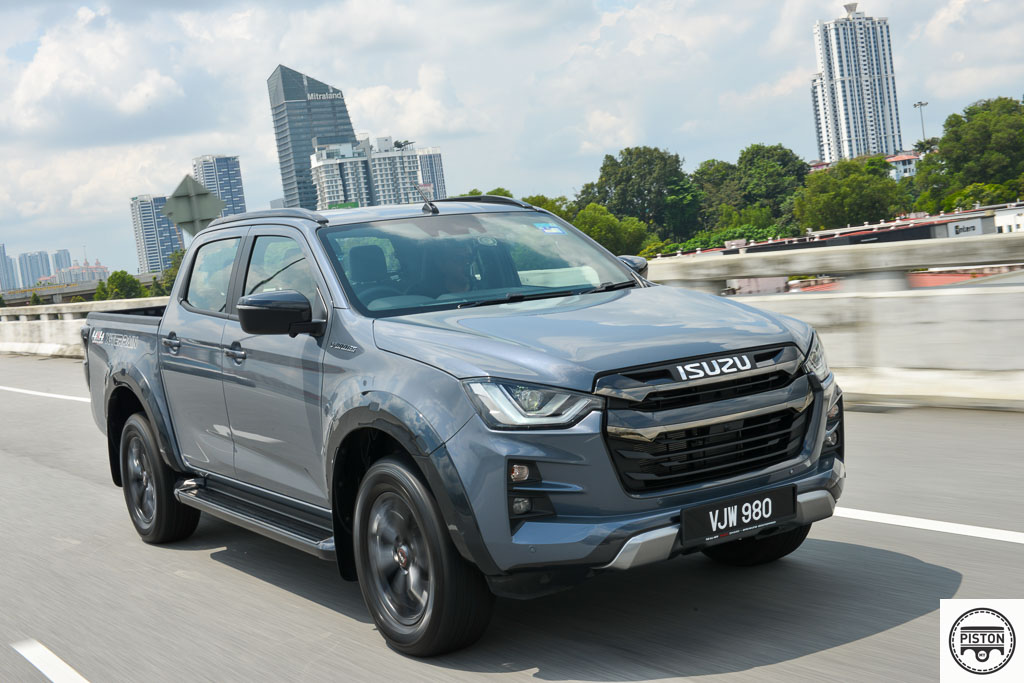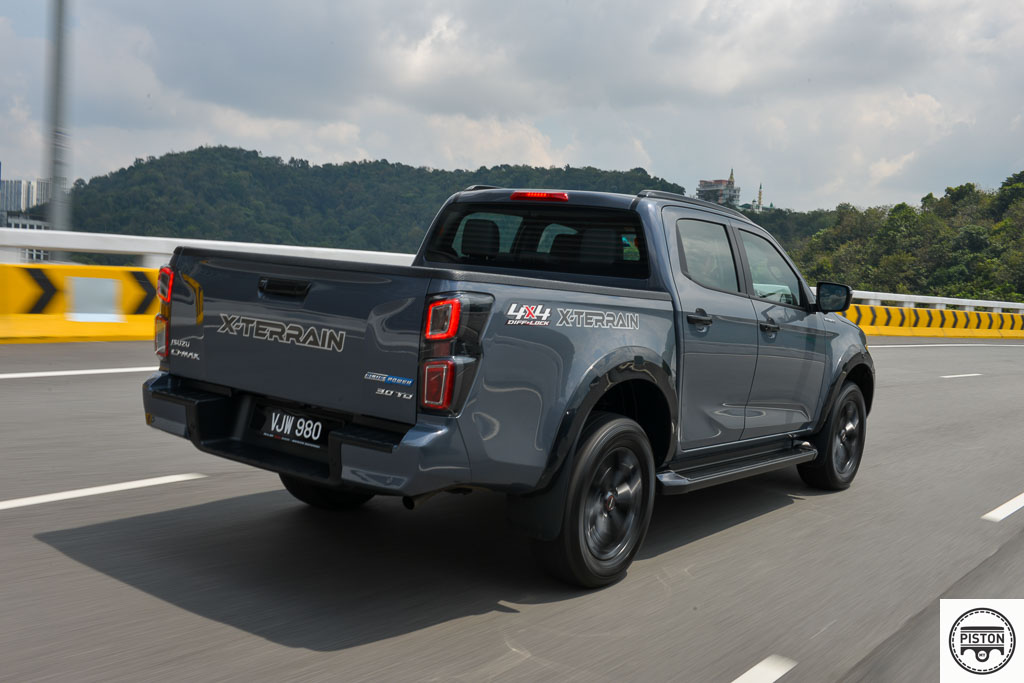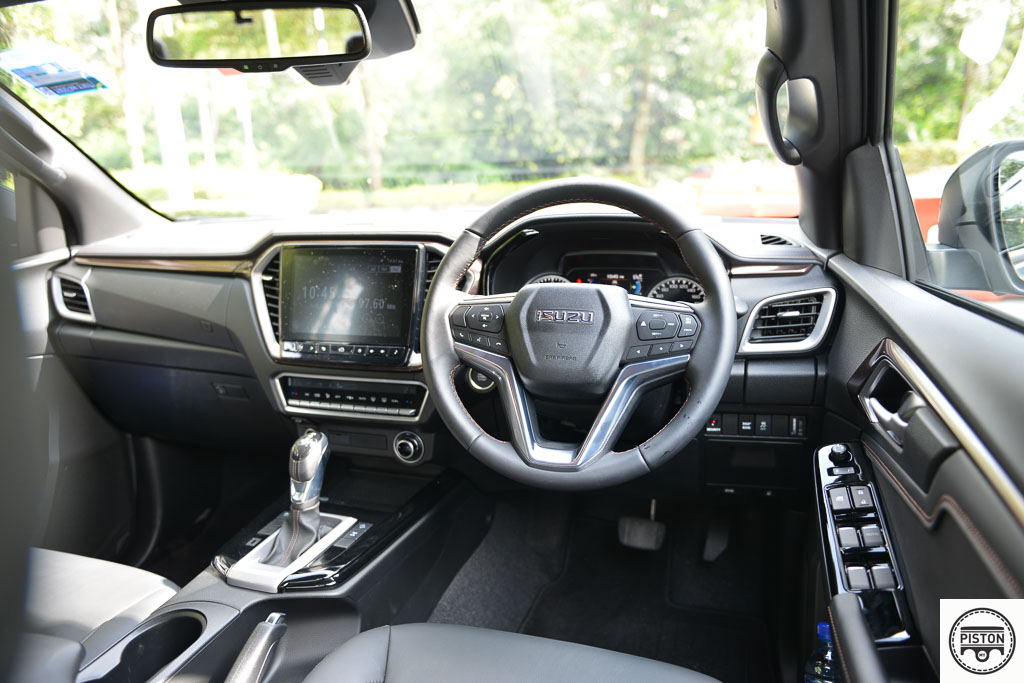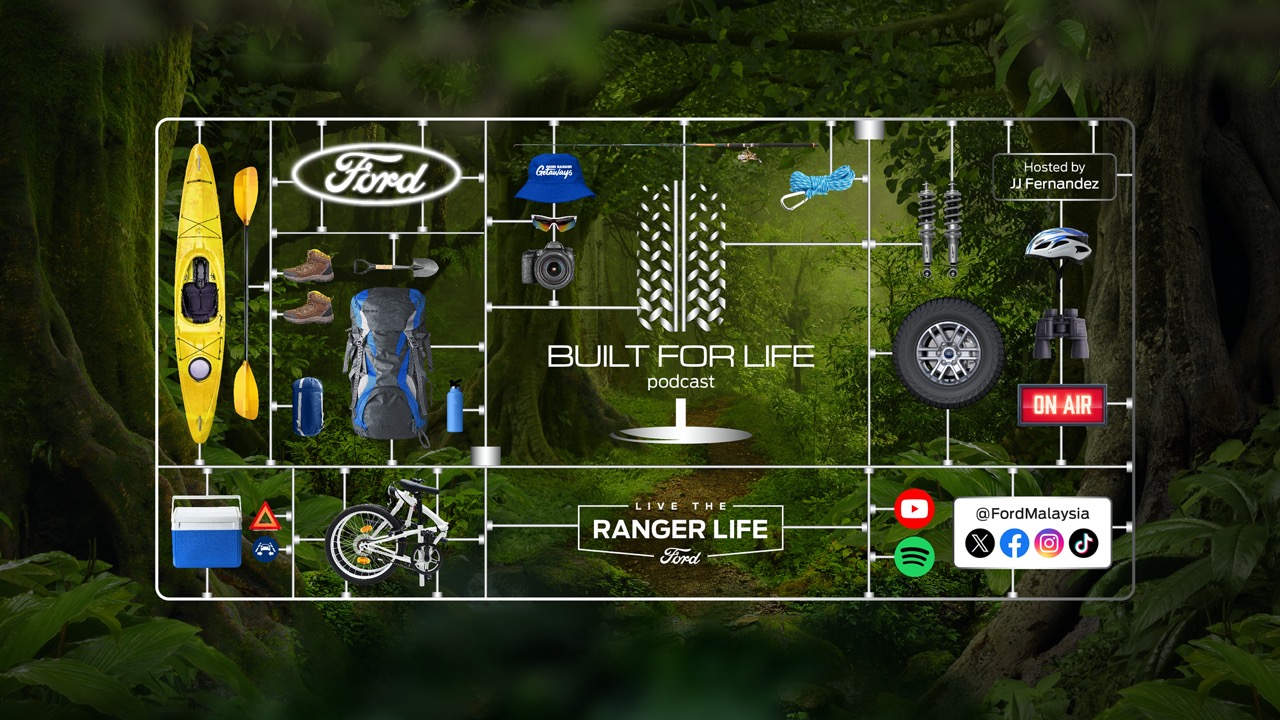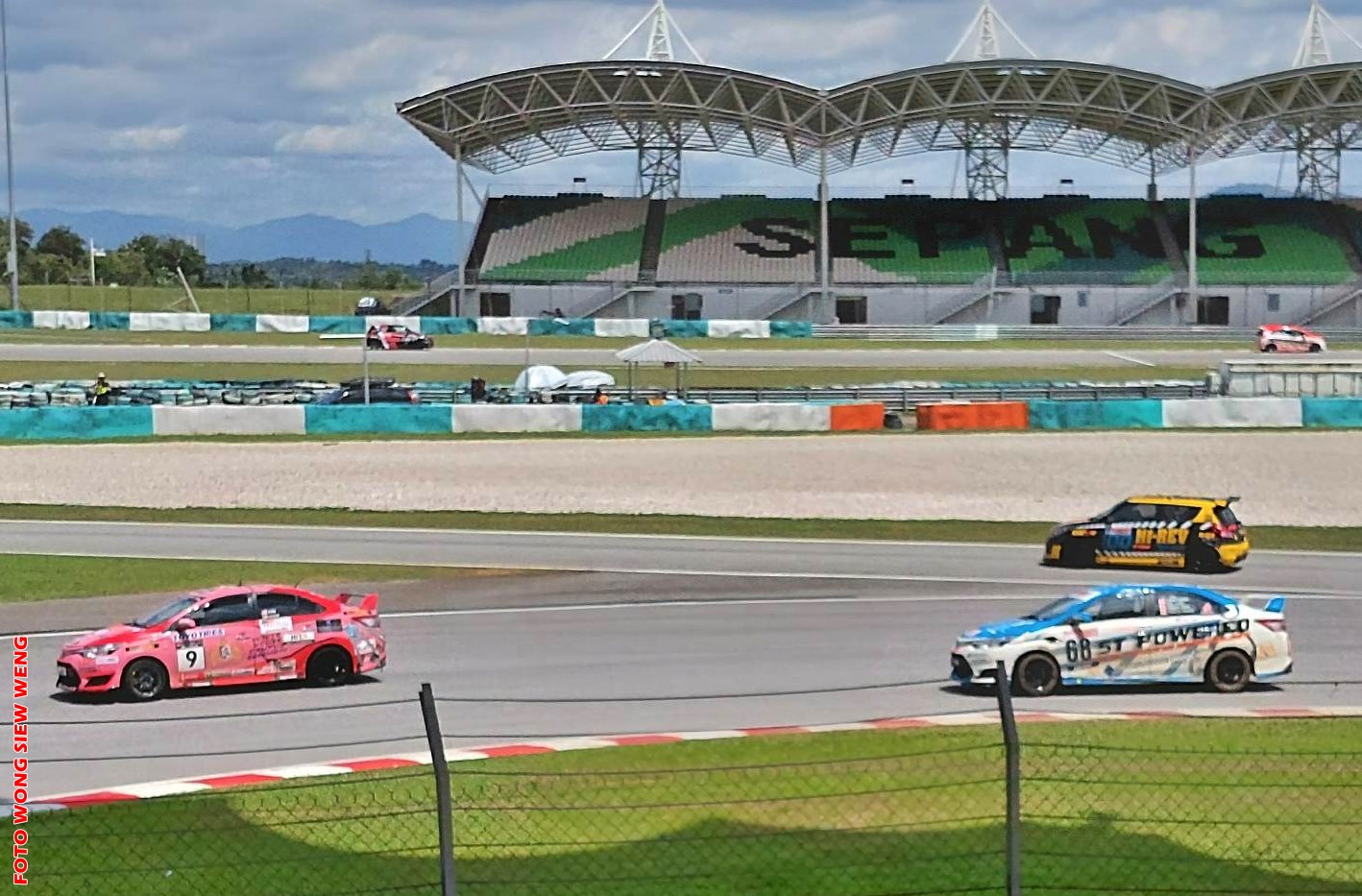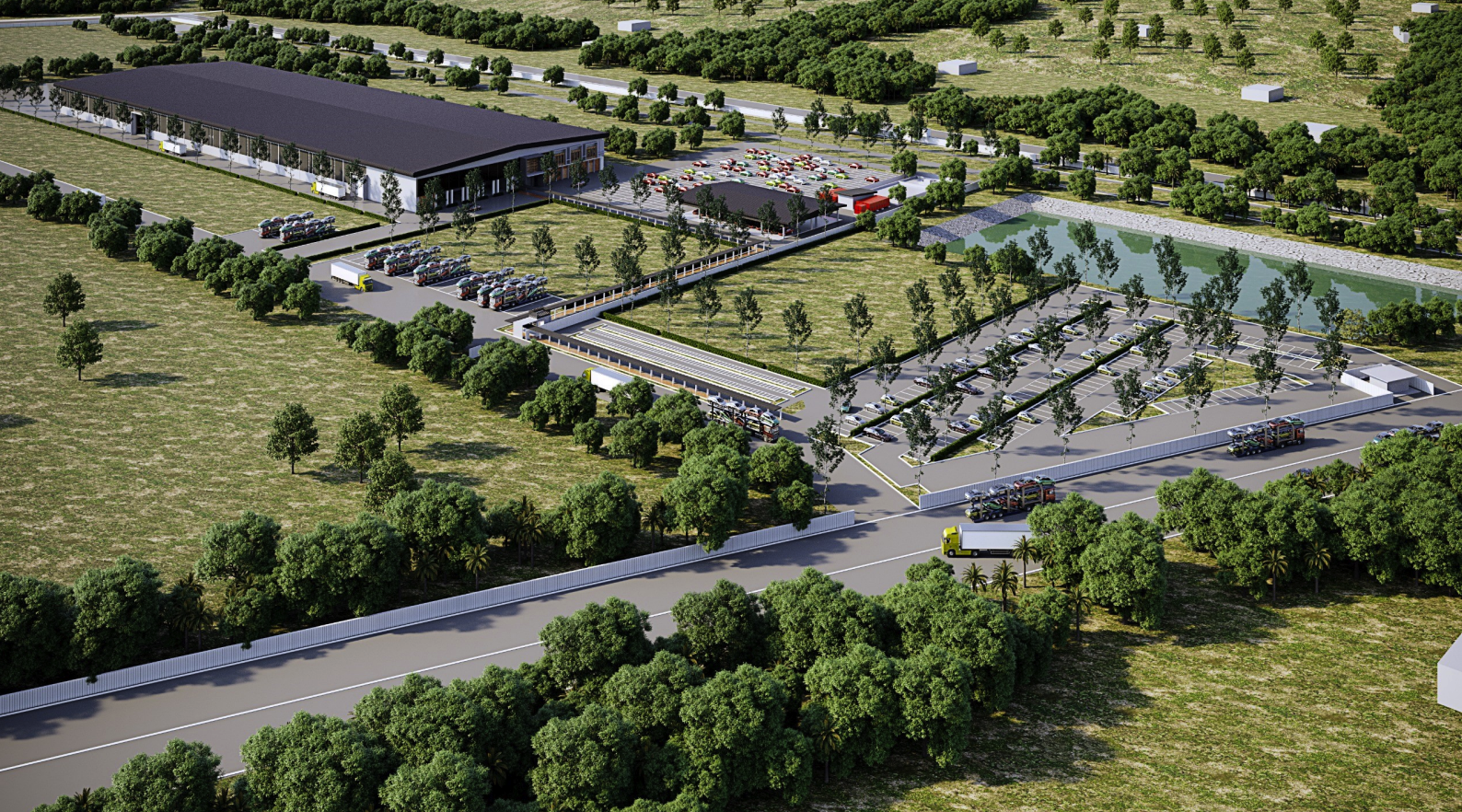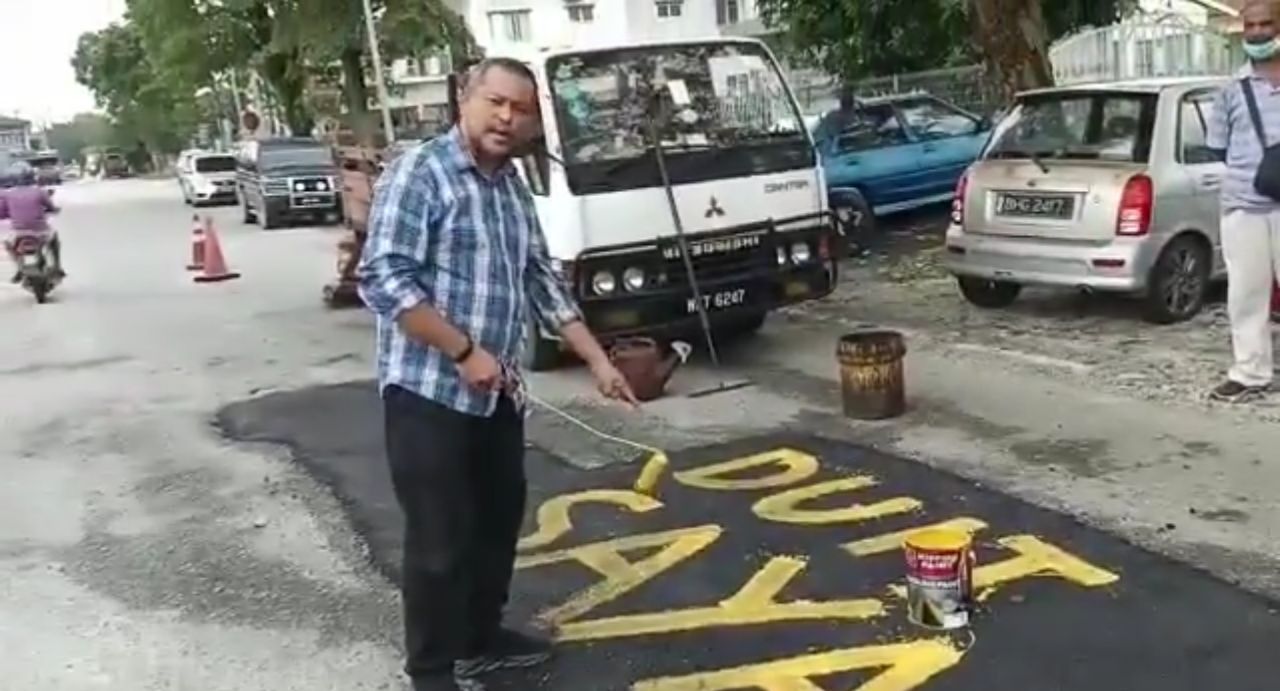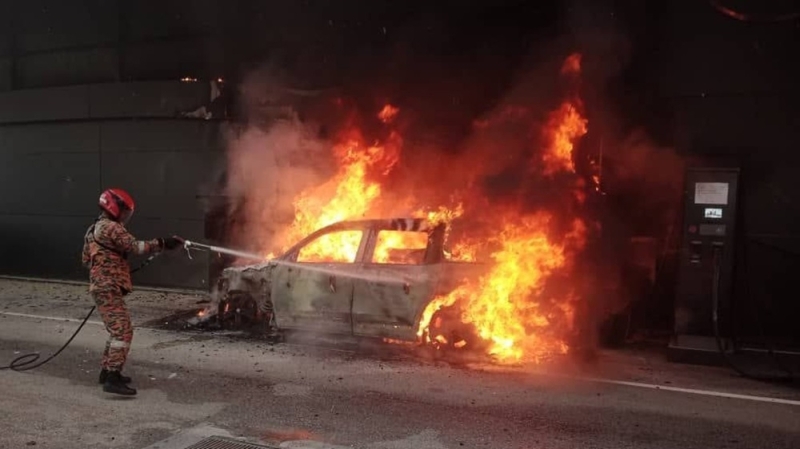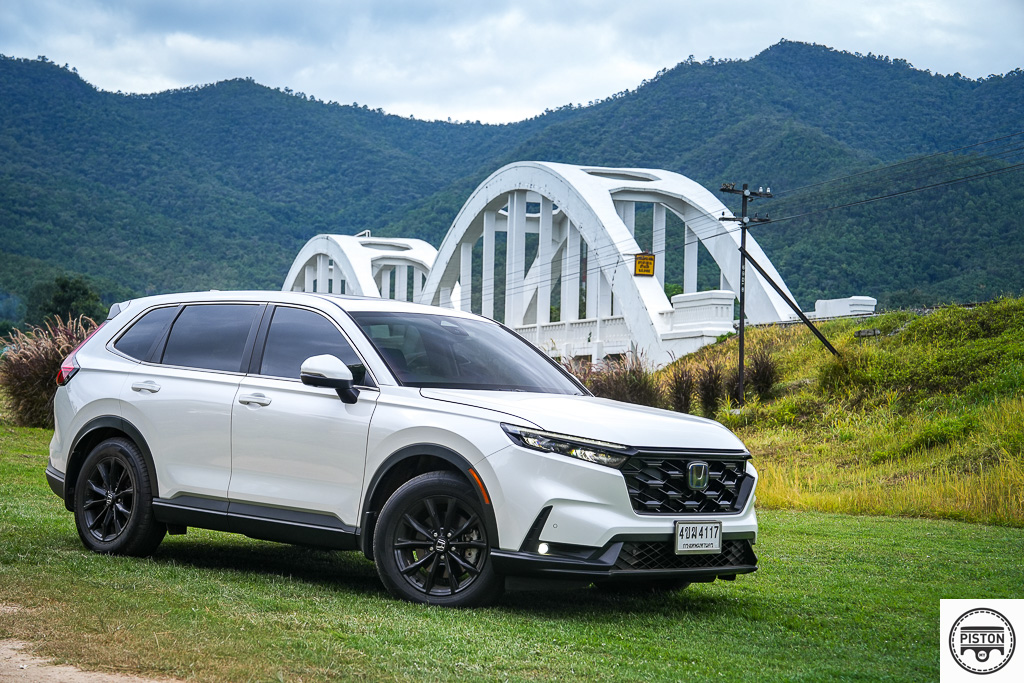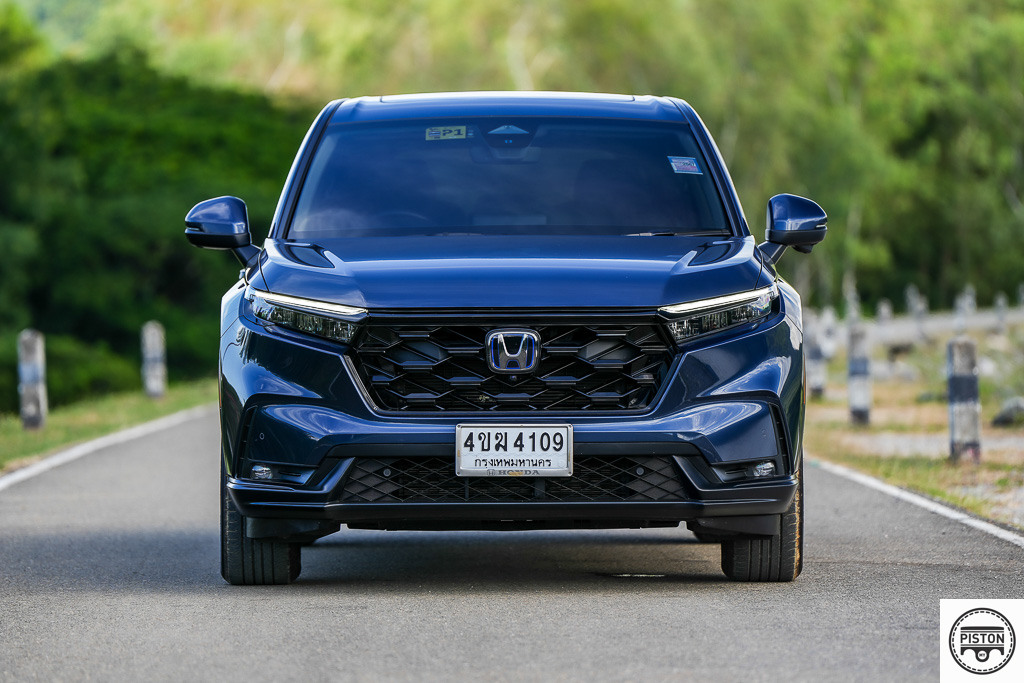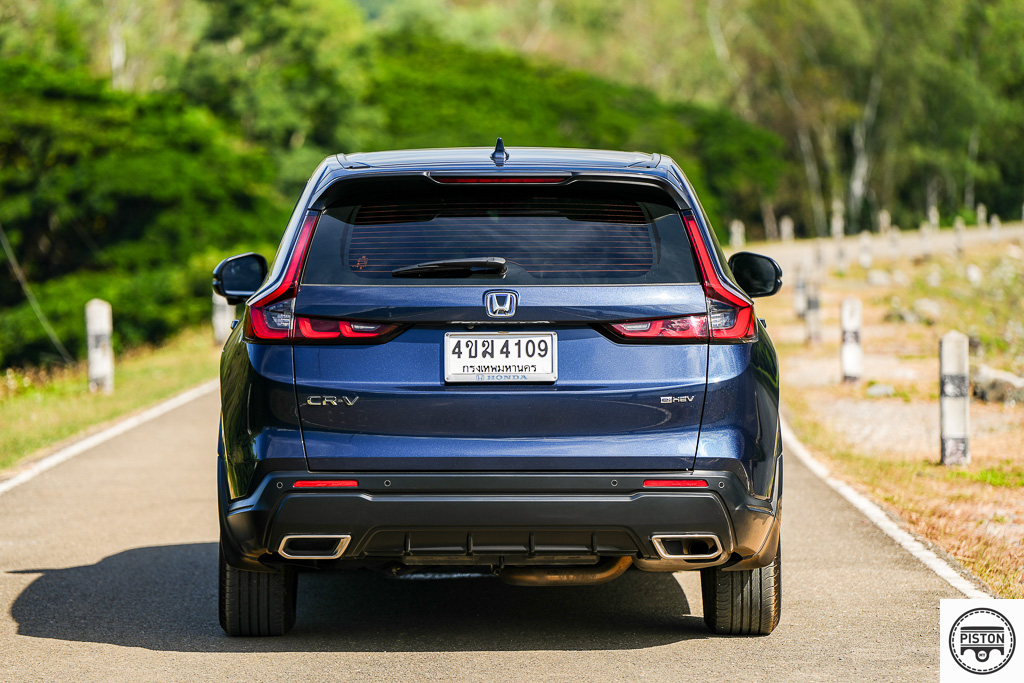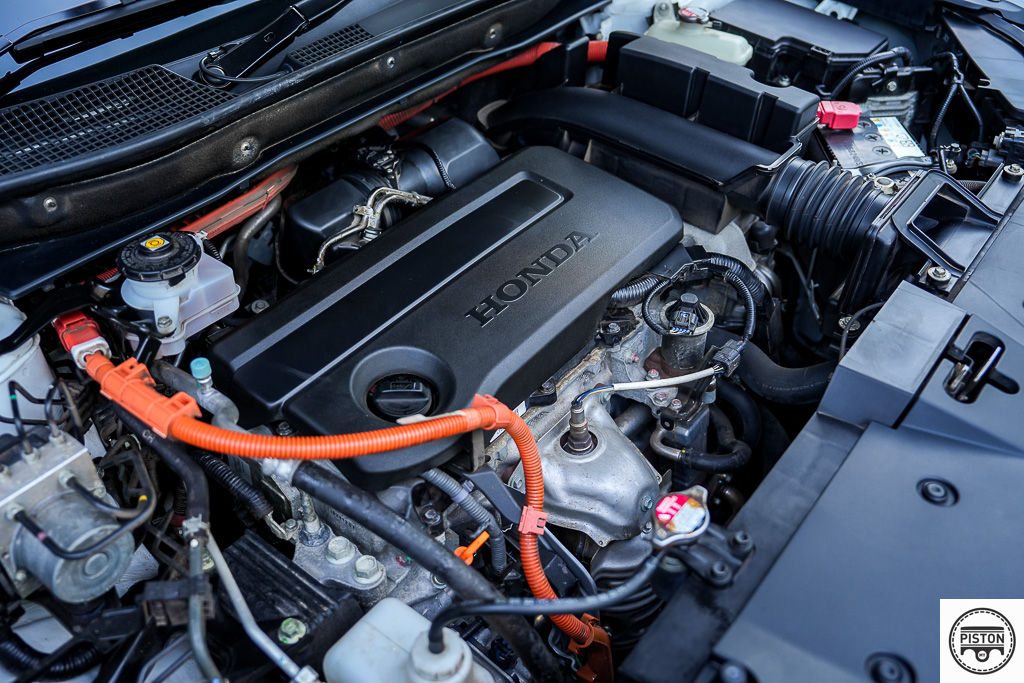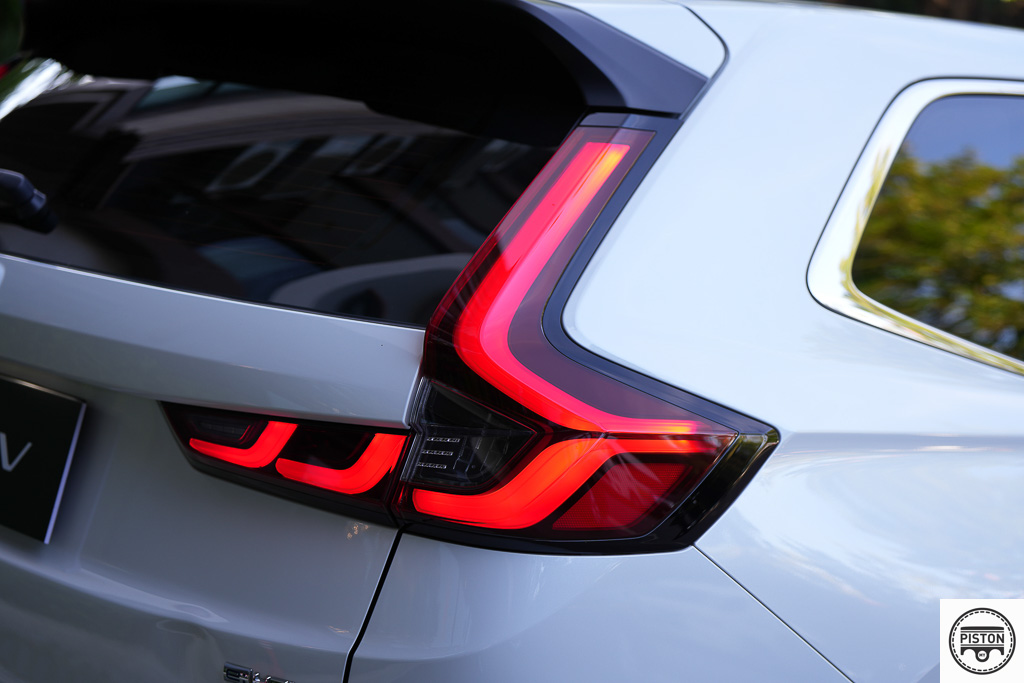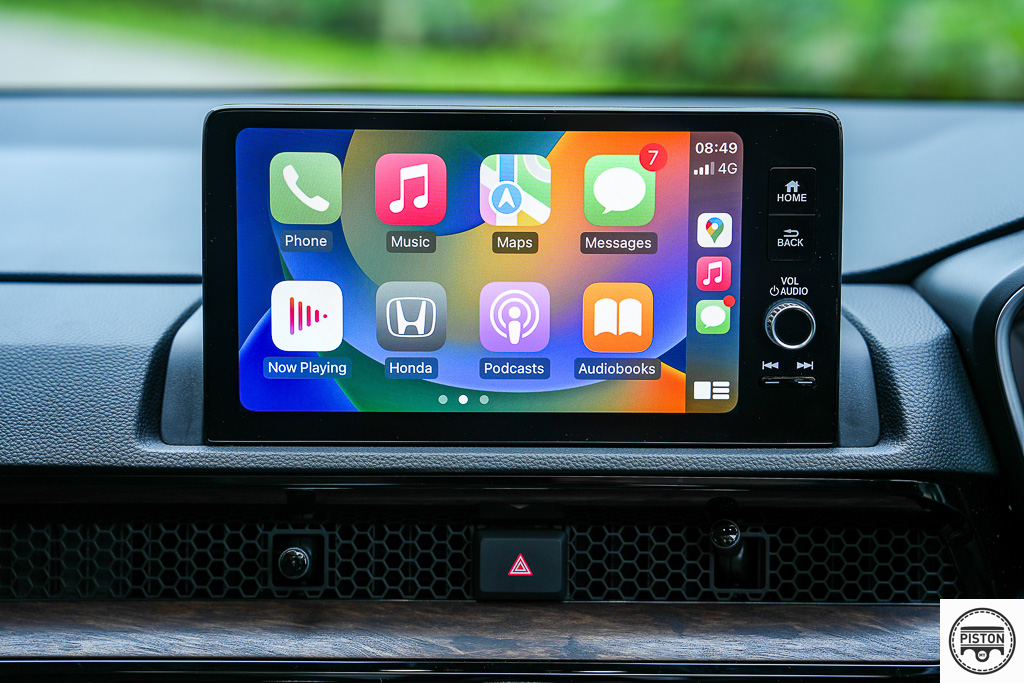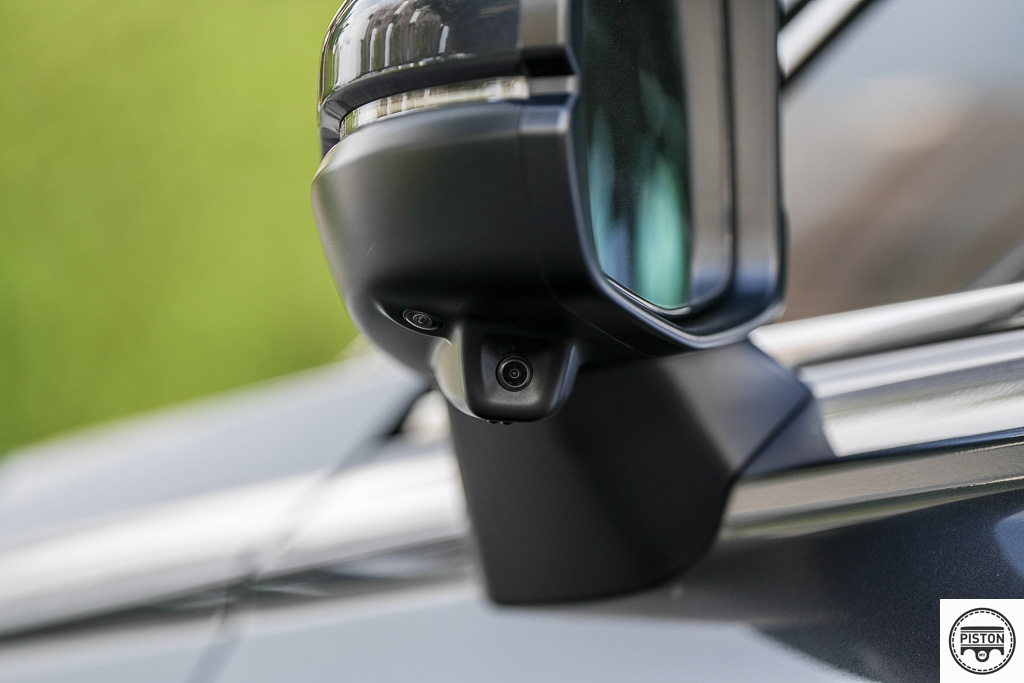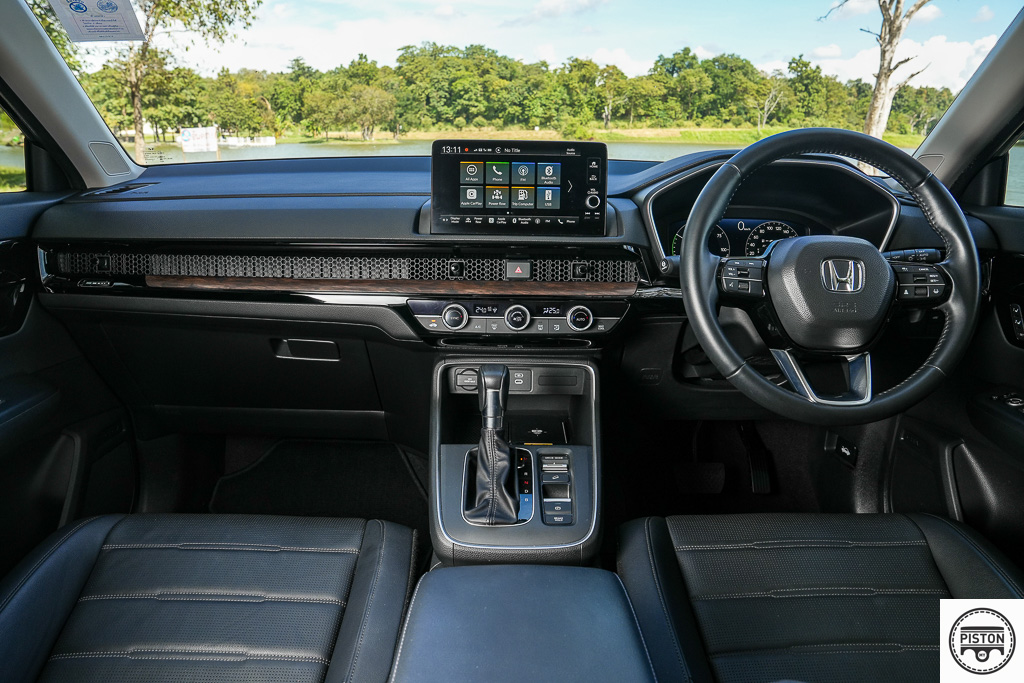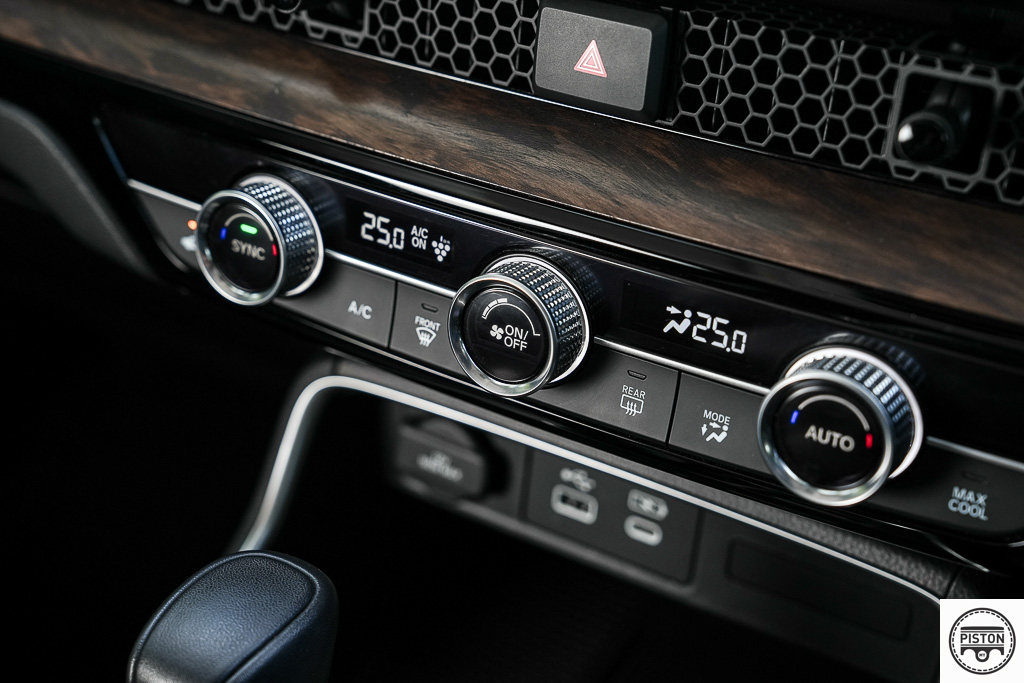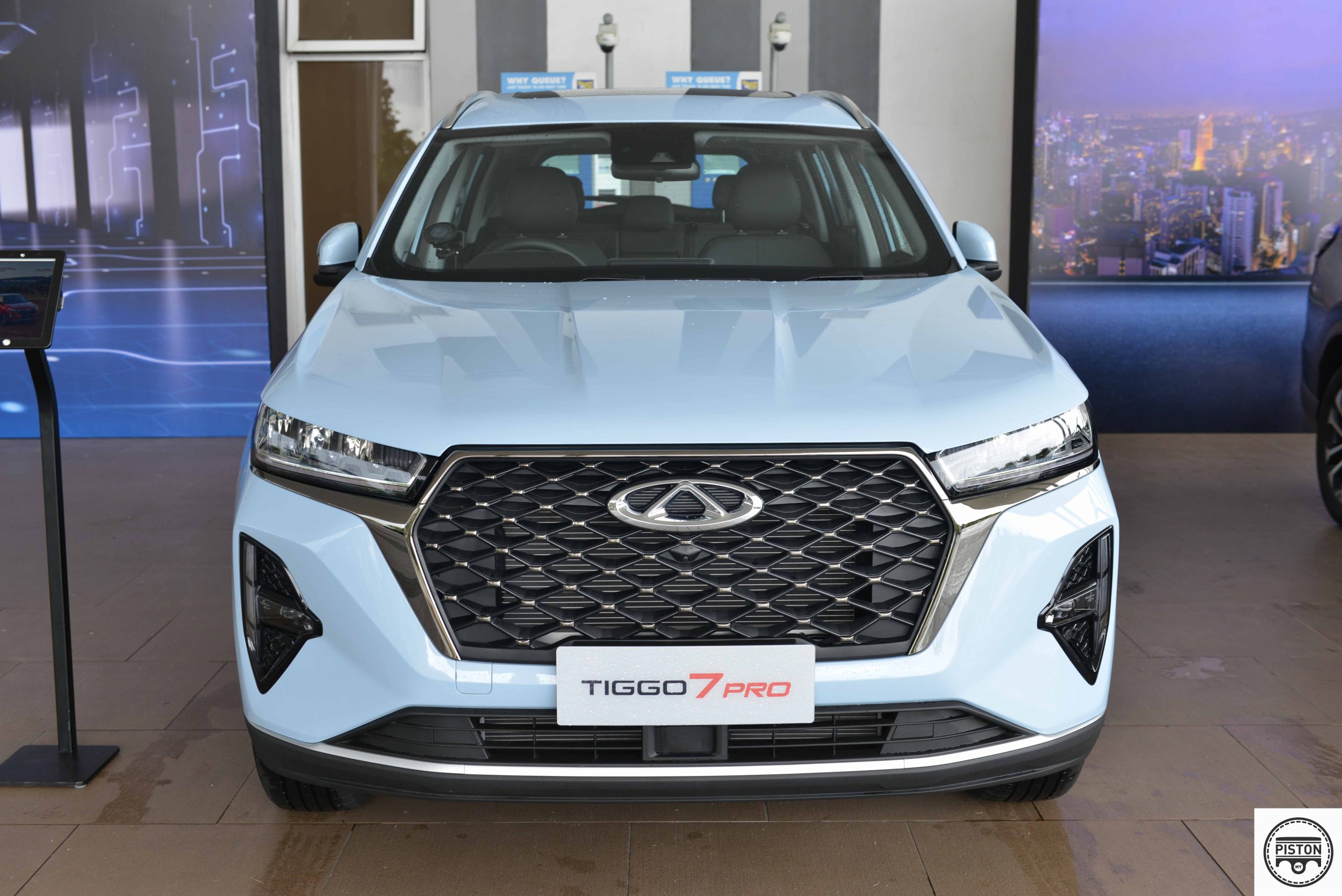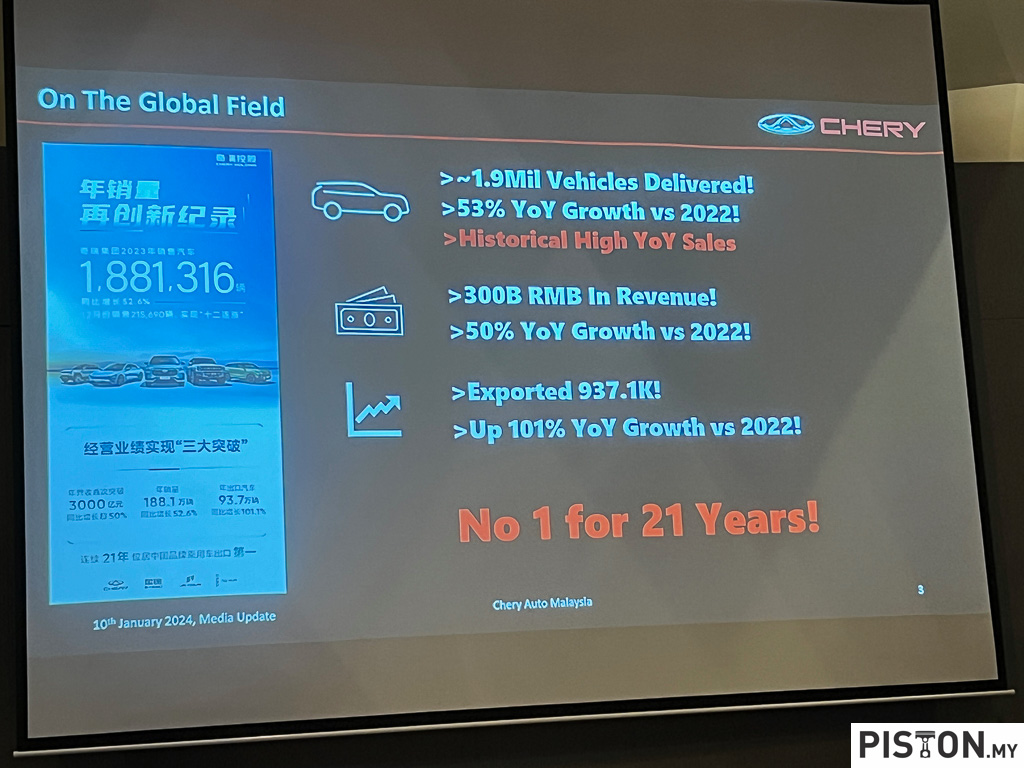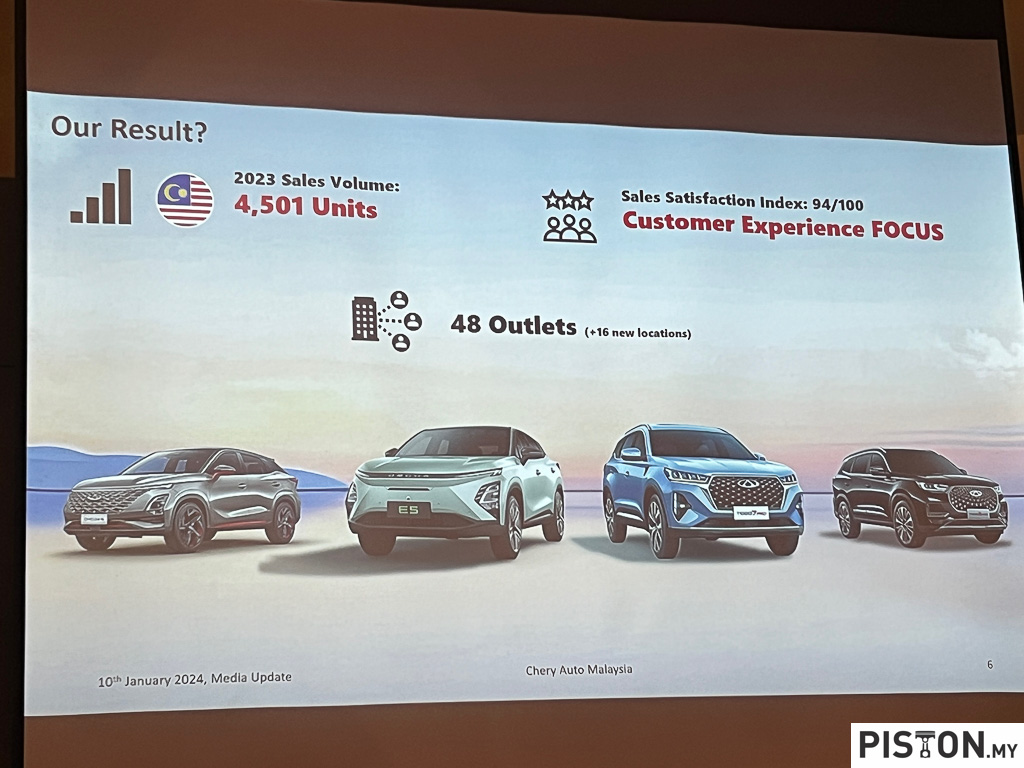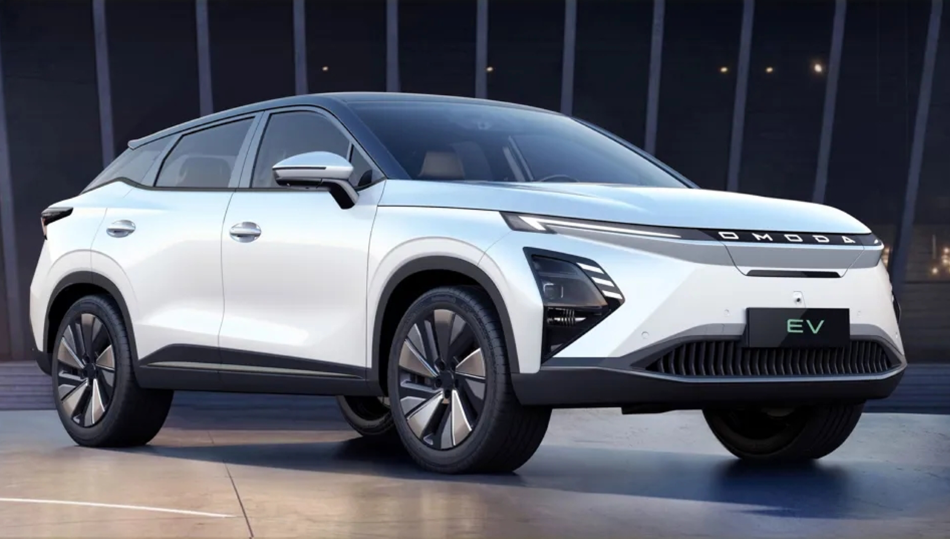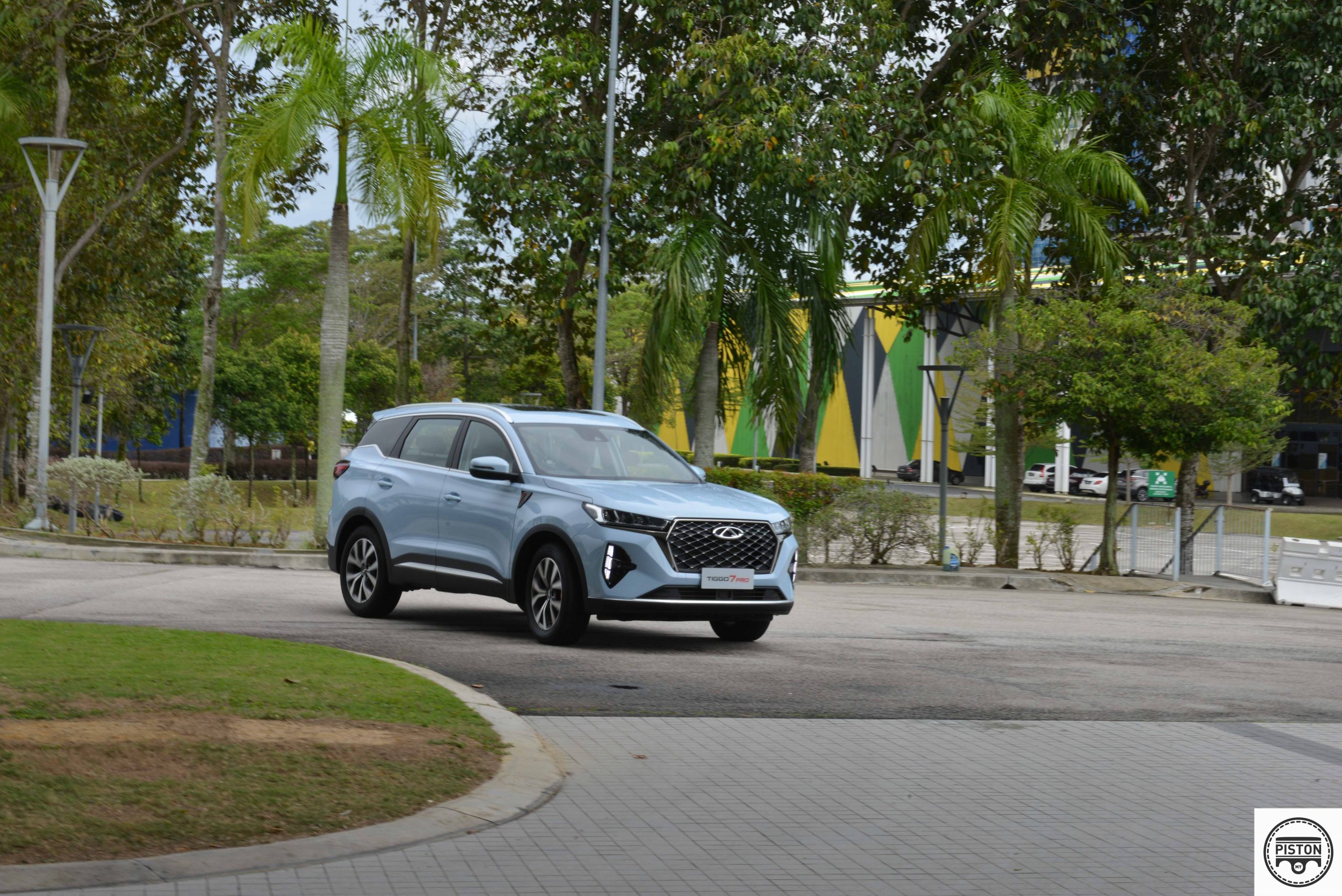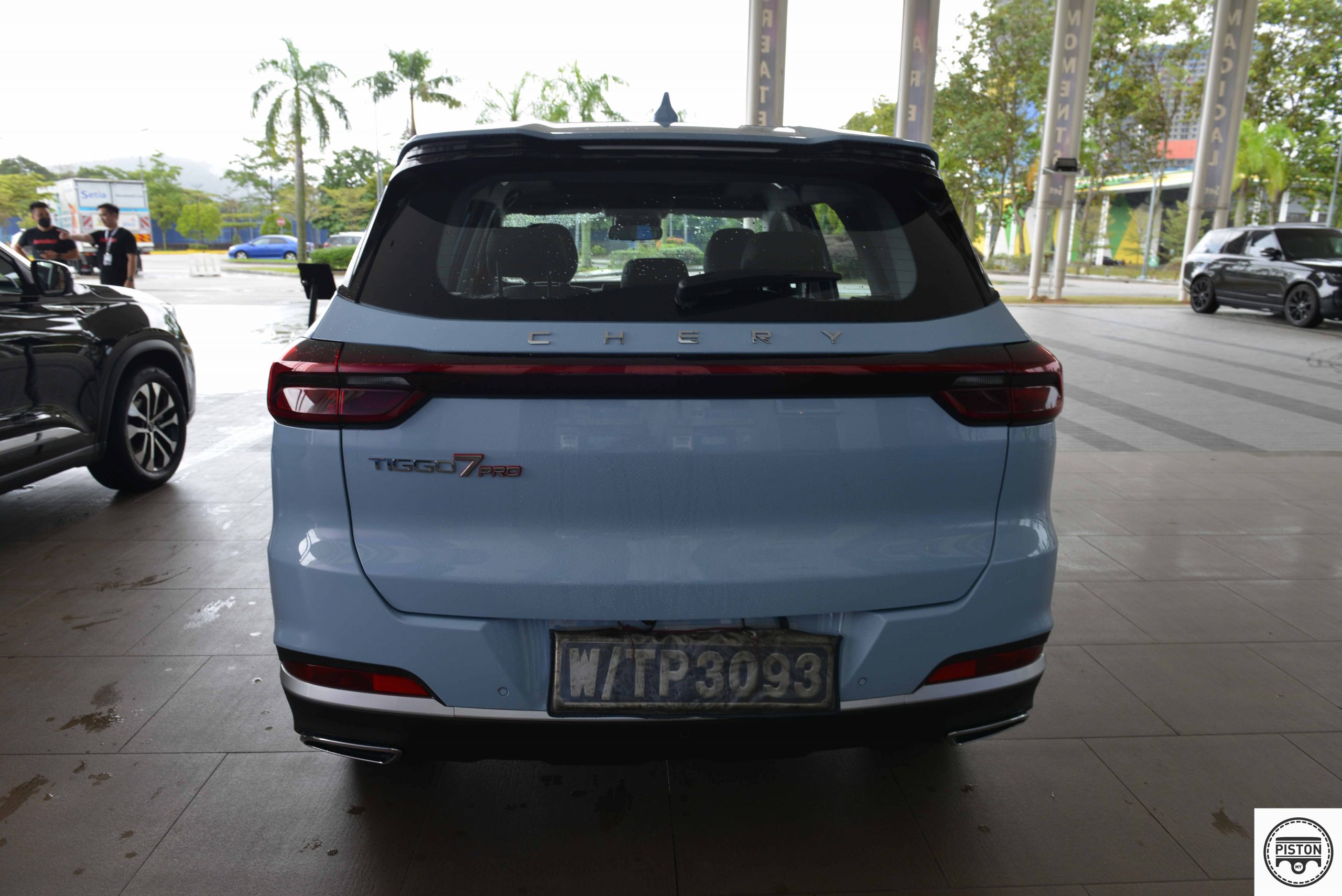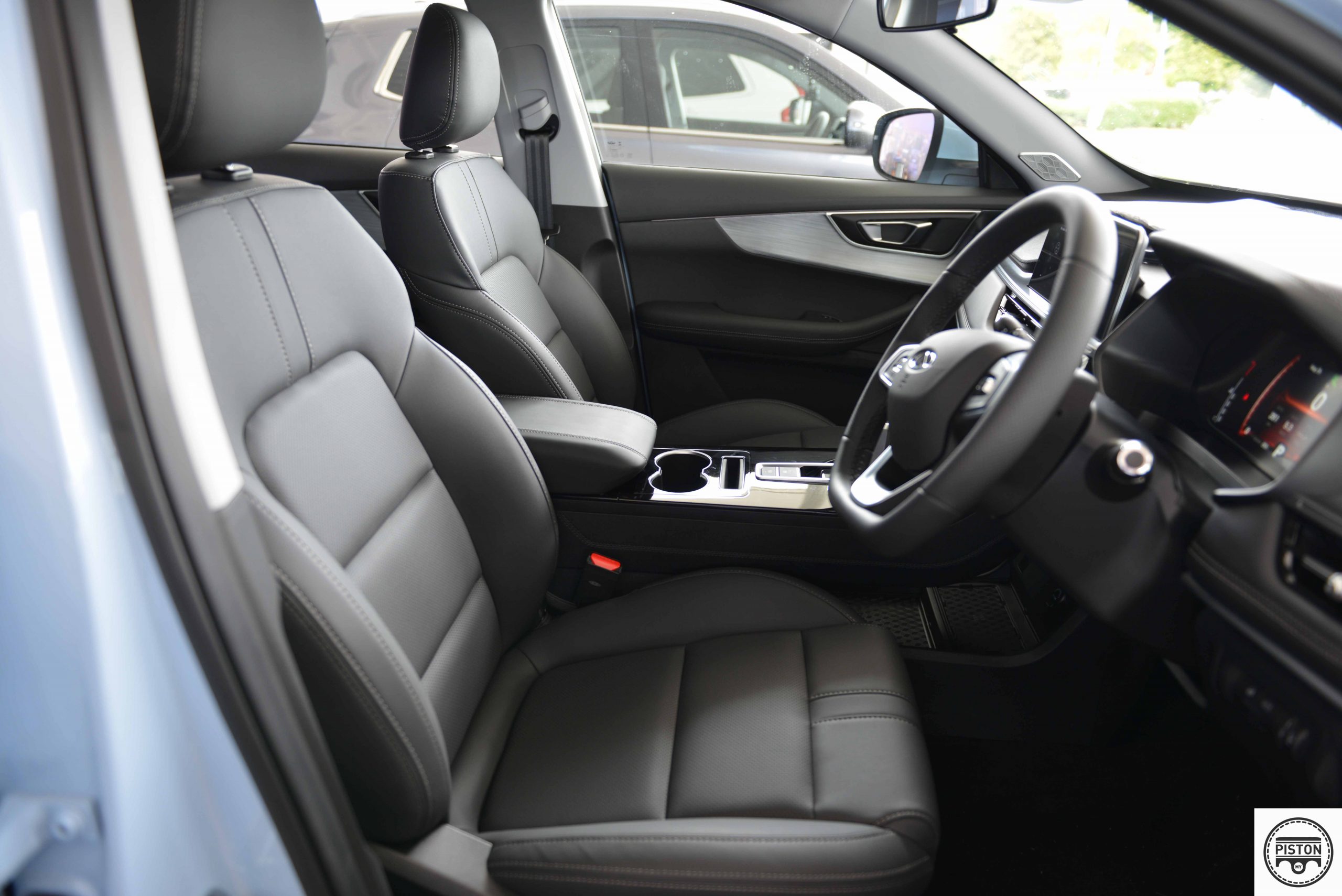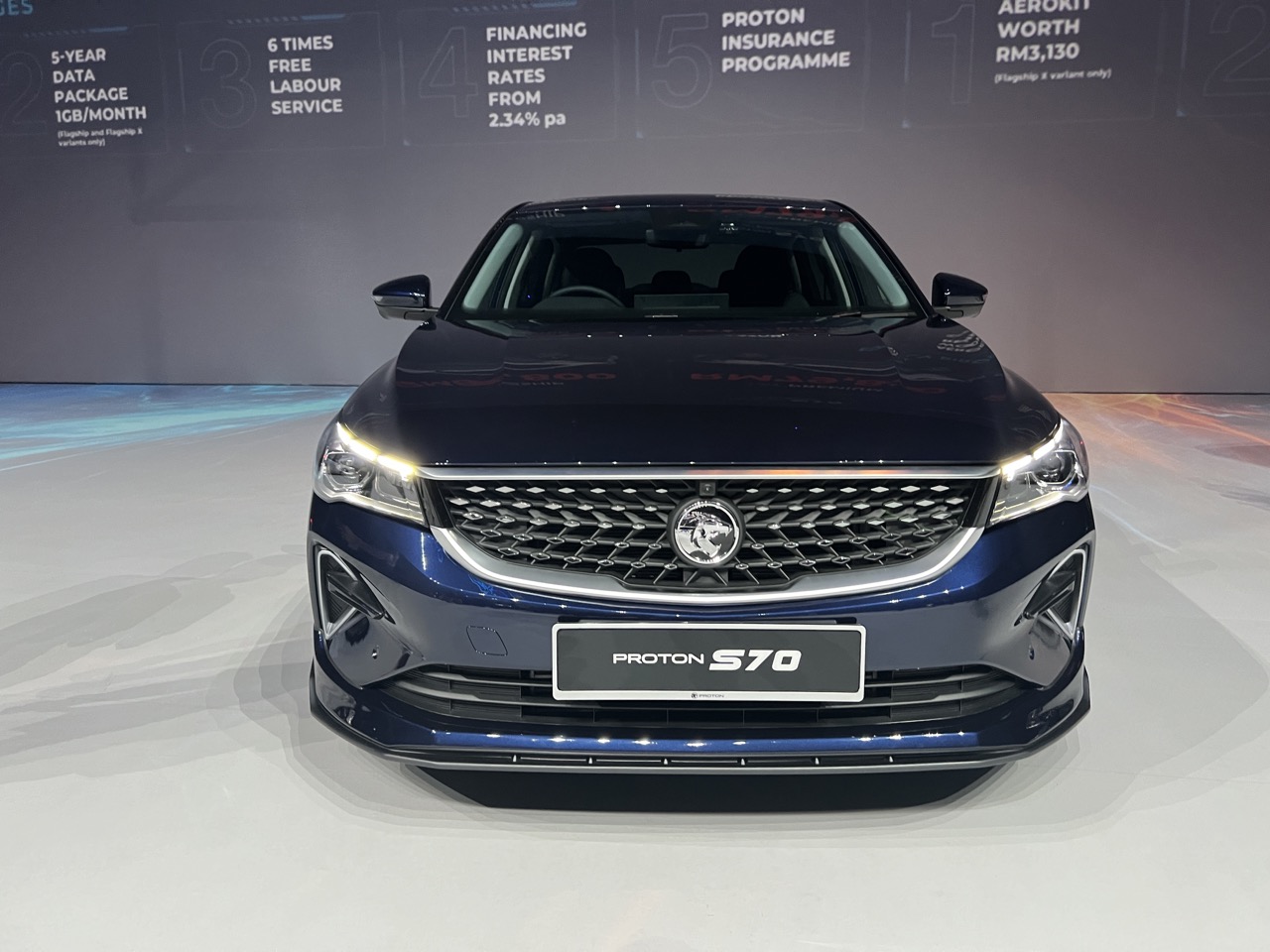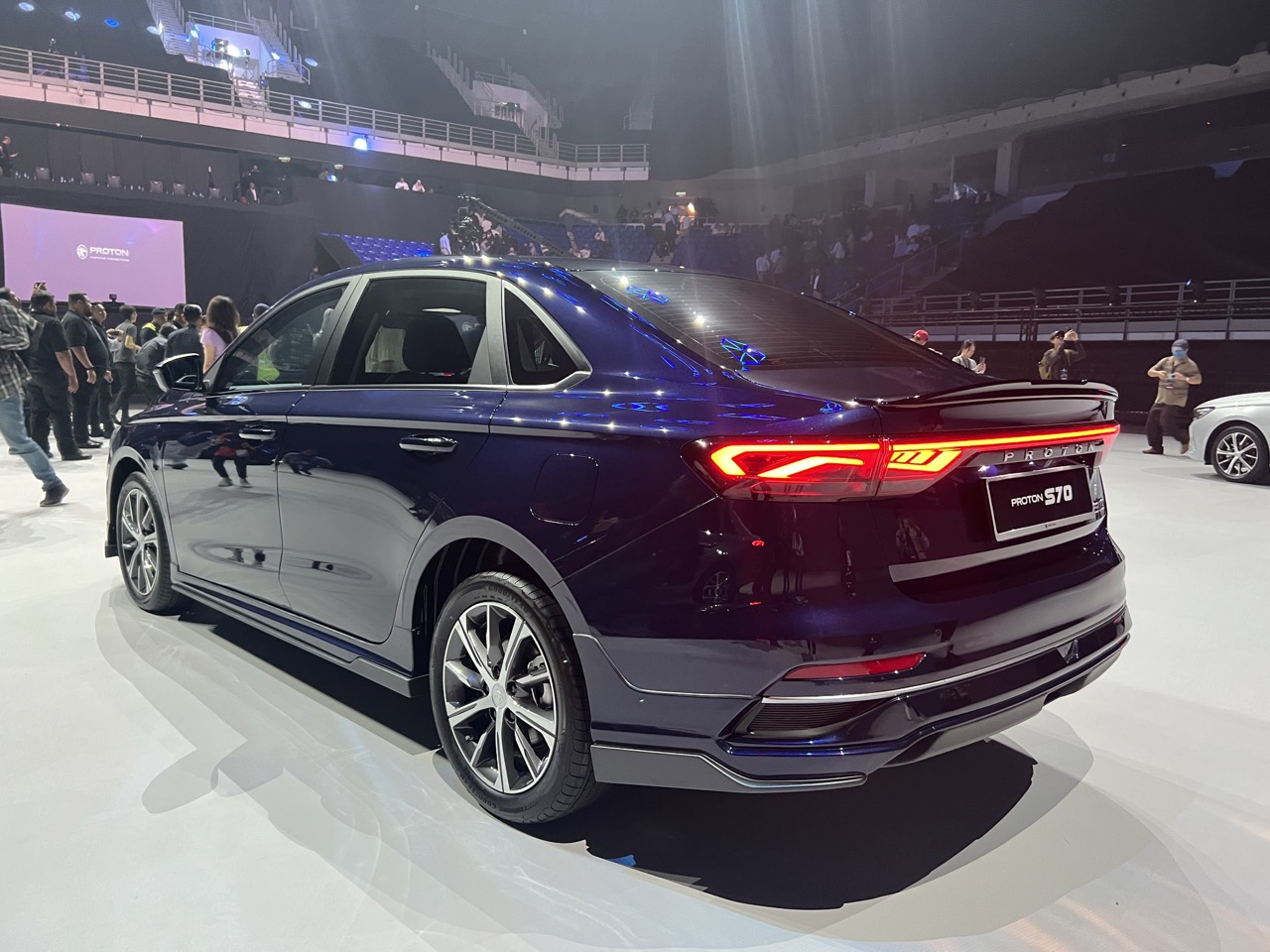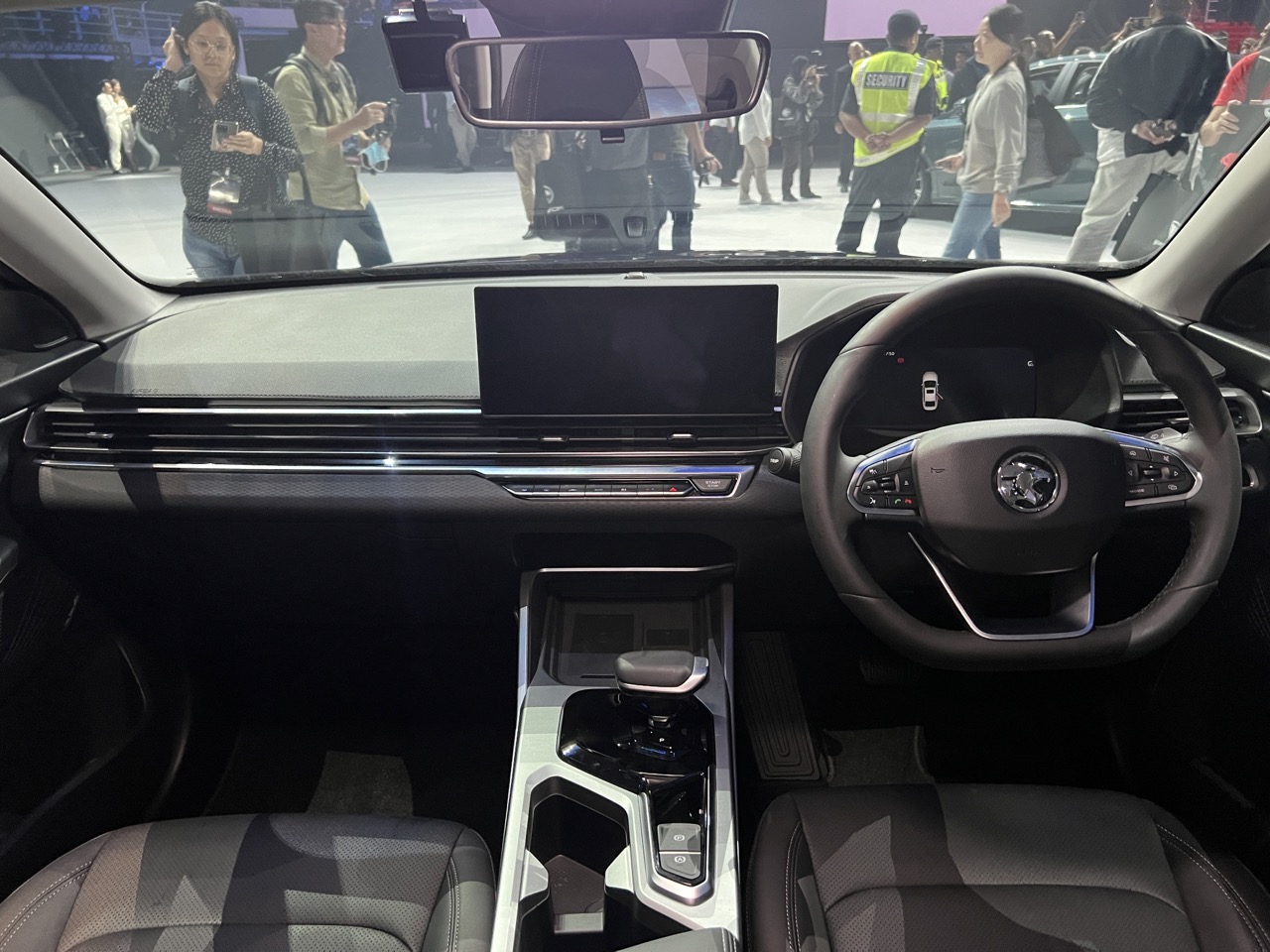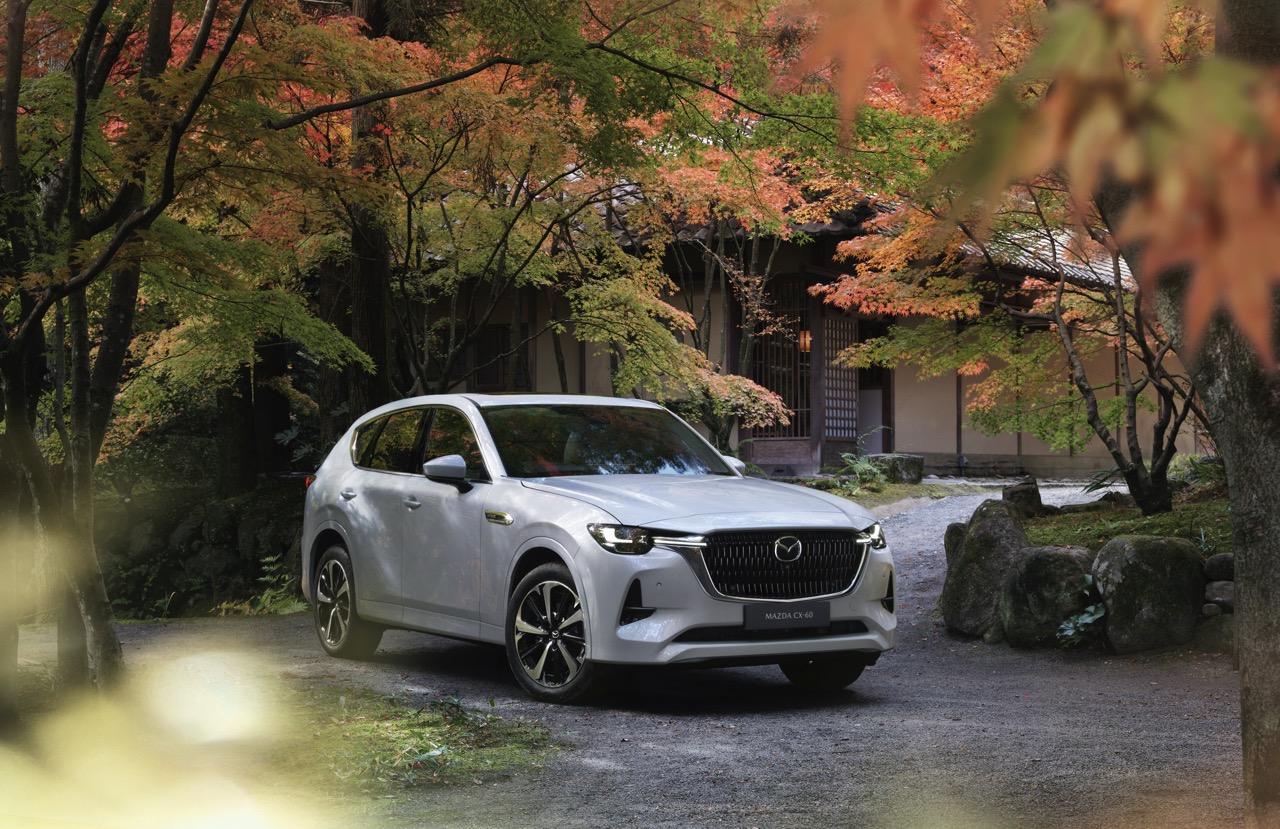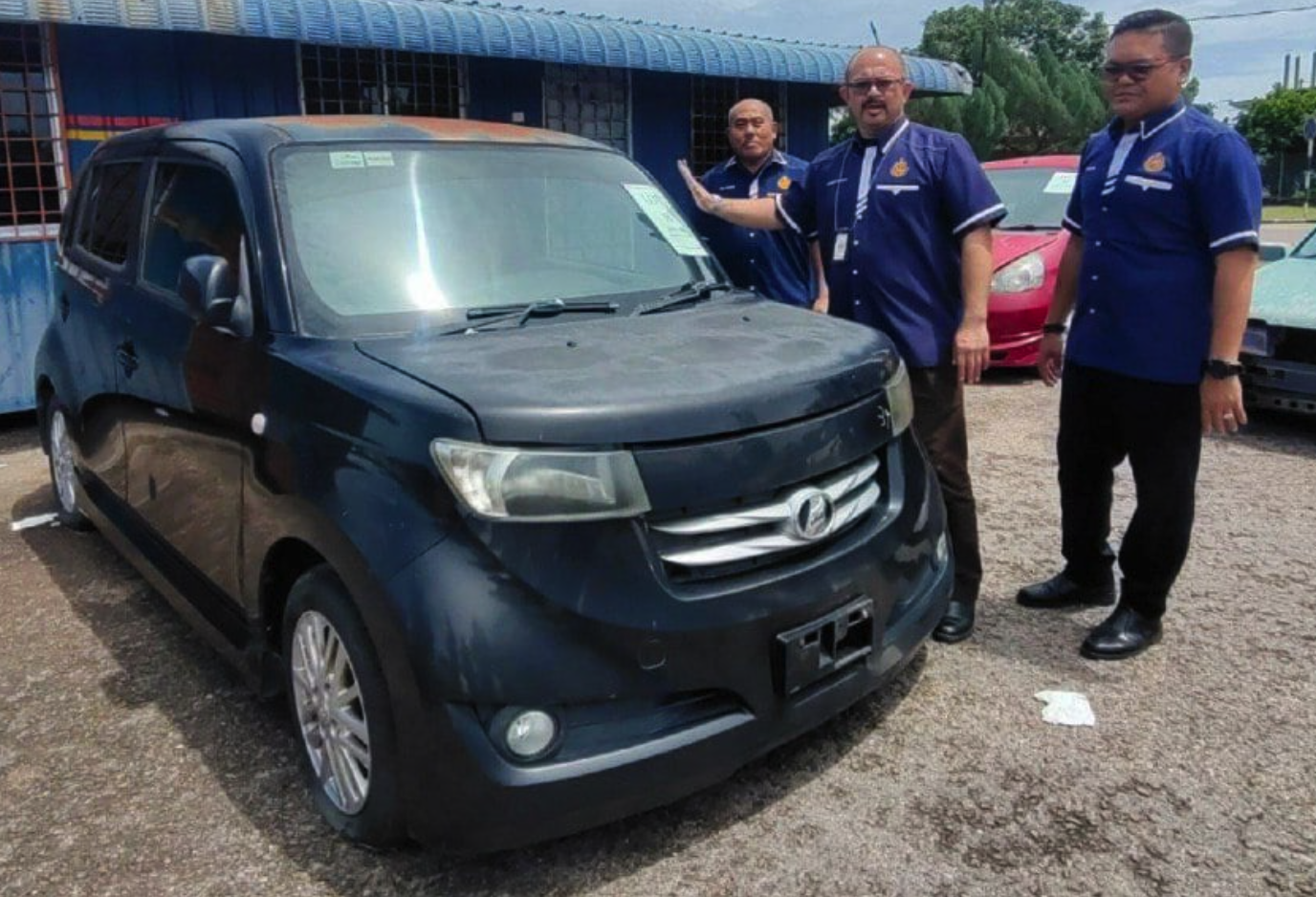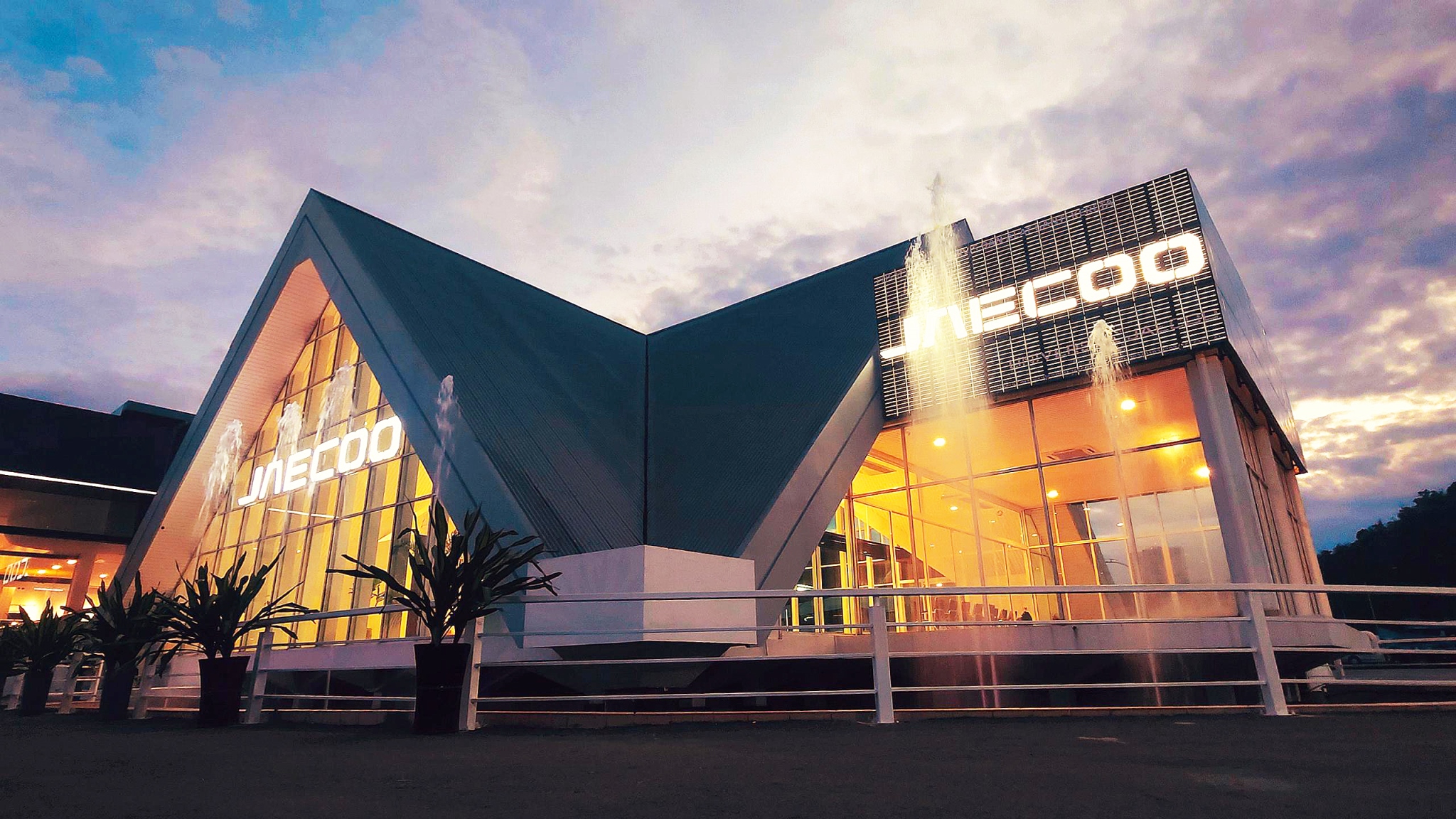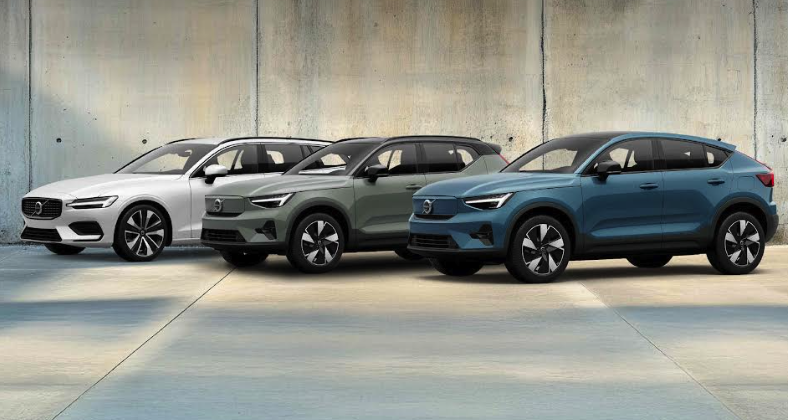Isuzu’s acclaimed D-Max pick-up truck has set a new sales record in Malaysia, surpassing the company’s previous all-time high. In 2023, sales reached 9,650 units, exceeding the 2022 record of 9,211 units by a significant 439 units. This achievement solidifies the D-Max’s position as a preferred pick-up truck, showcasing its impressive design and features that have resonated with customers.
The third-generation Isuzu D-Max, introduced in Malaysia in 2021, has consistently garnered high interest, attributed to its features, driving characteristics, versatile operation, and value for money. The model’s popularity has expanded Isuzu’s customer base, with conquest sales increasing by 185%, while retaining a strong core customer base.
The Isuzu D-Max lineup offers eight variants, catering to diverse customer needs, from the hard-working Single Cab to the sophisticated X-Terrain flagship. The 1.9-litre Standard variant, known for its modest engine displacement providing lower road tax and running costs, contributed significantly to sales, representing 28% of the total.
The flagship X-Terrain variant, known for its exceptional finish, sophistication, and impressive on- and off-road performance, has maintained positive momentum in 2023. Despite being a newcomer in the premium pick-up truck segment, the Isuzu D-Max X-Terrain has set trends, growing by 24.5% since its launch. It introduced class-leading features, including Advanced Driving Assistance Systems (ADAS) and a generous 7-year unlimited mileage warranty.
The strong demand for the Isuzu D-Max has propelled the brand to the No.2 position in Sabah, Kedah, and Pahang in the pick-up truck segment, securing the No.3 position nationwide with a 16.6% market share. The model’s success underscores its widespread acceptance and appeal among Malaysian customers.




